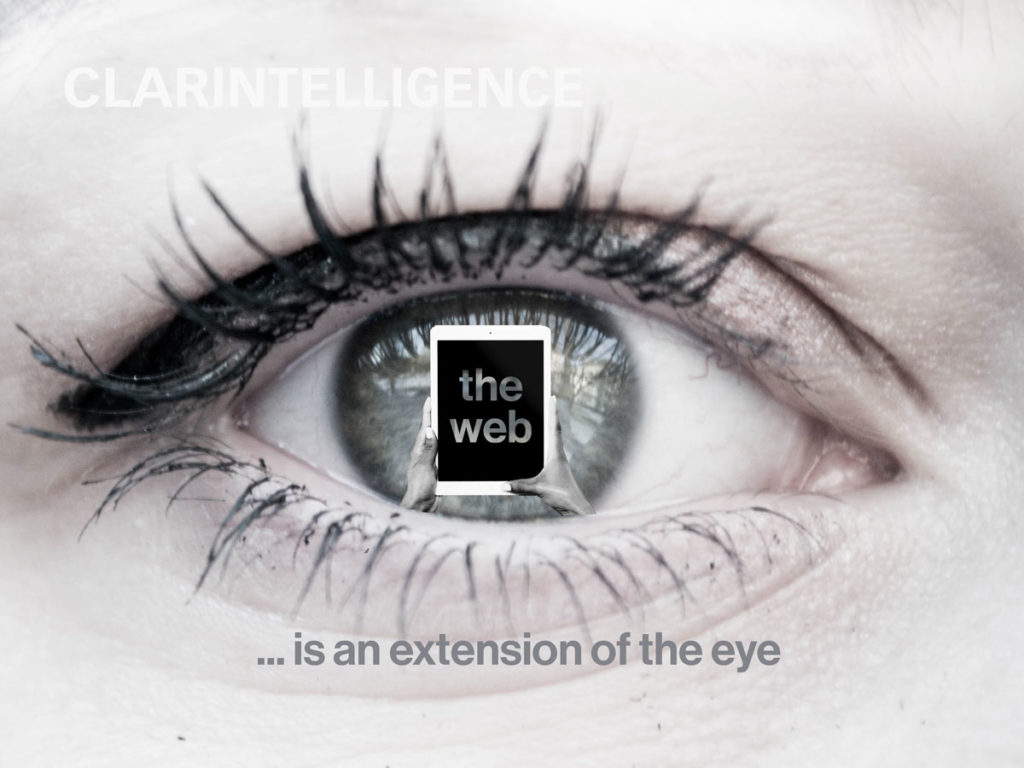
“Societies have always been shaped more by the nature of the media by which men communicate than by the content of the communication”
Marshal McLuhan
Last week the Activate Technology Outlook 2021 was published. All those want to understand how and where we spend out time in the digital world, will find this 140 page report loaded with useful data and insights. While useful, however I do not agree with all the conclusions of the report.
But let’s dive into the most important findings:
Lets’ first see where we, the users, spend most of our time, drilling down into our activities and finally to the venues we frequent. In Part 2 we will join in on the search for the next big platform.
By extending the scope of Activate we will try to assess the crucial question as to what are extraordinary effects due to the current pandemic and what are long-term structural changes that will remain.
How do we spend our time?
As a disenchanting start, the report accounts for multitasking of our activities, leading to a 31.5 hour day for the average American. For neuroscientists and doctors this may not be the best news, as is the insight that with 6:30 hours sleeping and 7:10 hours, other non-work related activities have to compete head to head with media consumption. Employers may not be too fond of the insight that work and work-related activities make up only 5:29 hours per day. But we have to bear in mind that we speak about averages here, therefore this picture is distorted.
But average or not, it seems fair to say we are glued to screens, and I am not sure if all these new meditation apps can compensate for the damage that multitasking and screen time do to our attentional capacities and memory processes.
But let’s leave neuroscience for another day and let’s look into what all of this means for businesses, marketers and for consumer behaviour.
What activities are most popular?
How and where do we spend our time on the internet? Most time we spend on videos (5 hours per day). This is followed by audio consumption like podcasts and music (2:35h) and then gaming (1:37). According to the data social media finishes only at fourth place (1:09), requiring the least of our time. This came a bit as a surprise to me.
For the future until 2024, Activate expects these user behaviour patterns and the split between activities to remain rather constant. Gaming is the only category expected to rise by 3.4% p.a. This is where I am doubtful. Activate did not specify on what assumptions they based this forecast, but history has shown that, as new media arise, users will find new ways to use these media. Similar, as user’s daily life changes, also their media consumption patterns will change. If we can agree on only one thing, then it’s that our current world is not static.
Which venues are most popular right now? Will they remain in demand after the Pandemic?
How is our media consumption changing and which venues are the featured places to be?
Not surprisingly, our overall tech & media consumption in hours has increased by 6.5% in 2020.
If we drill down by platform, we can see that Facebook’s usage has declined by 9%, whereas, starting on a lower level, Twitter usage increased by 78% and LinkedIn by 38%.
Now this leads us to an interesting point, namely the question as to whether these are just temporary or structural changes.
With the current crisis, 2020 experiences a lot of extraordinary effects. This is why we should be careful when we project current trends into the future.
When it comes Facebook, we probably agree that Facebook is facing a number of structural challenges.
First, younger generations are less attracted to Facebook. This reduces the number of users of the platform.
Then we have users’ increasing awareness that their attention is sold as a product, as laid out by the movie The Social Dilemma. This can has an impact not on the number of users on the platform and on the time spent per user.
The other factor is the attractiveness of Facebook as a platform to its existing users. What do I mean with that? Let’s just say you operate a fashionable club in a city like New York, London or Berlin. To keep your club attractive you will need to keep an eye out for what type of folks gather in your club. Trouble will start when bachelor parties start populating your etablissement. This is probably the best way to have urbanites avoid your club like Trump avoids facts. To apply the metaphor to Facebook, let’s remember that the platform started as a ‘club’ for Harvard students. Not much of that is left when we consider that Facebook is now host to some of the world’s most prominent conspiracy theorists and finest trolls that the internet has to offer. In many ways it still is useful, but it has lost some of it’s early excitement.
Now, staying with the example of the club, urbanites tend to be early adopters. If we look at PEW research data, we can see that Instagram, Twitter and LinkedIn – the fastest growing networks – have an over-proportional share of urban users if we compare it with Facebook. Facebook has become that cruise ship where you can’t choose the table-neighbours you have to spend the next week with.
While we are in an unusual situation this year, my estimate is that Facebook might continue to become diluted, or shall we say gentrified, beyond the current year. My estimate would be that the platforms that provide less noise and more substance and meaning continue to thrive. Instagram seems a solid contender at this time.
